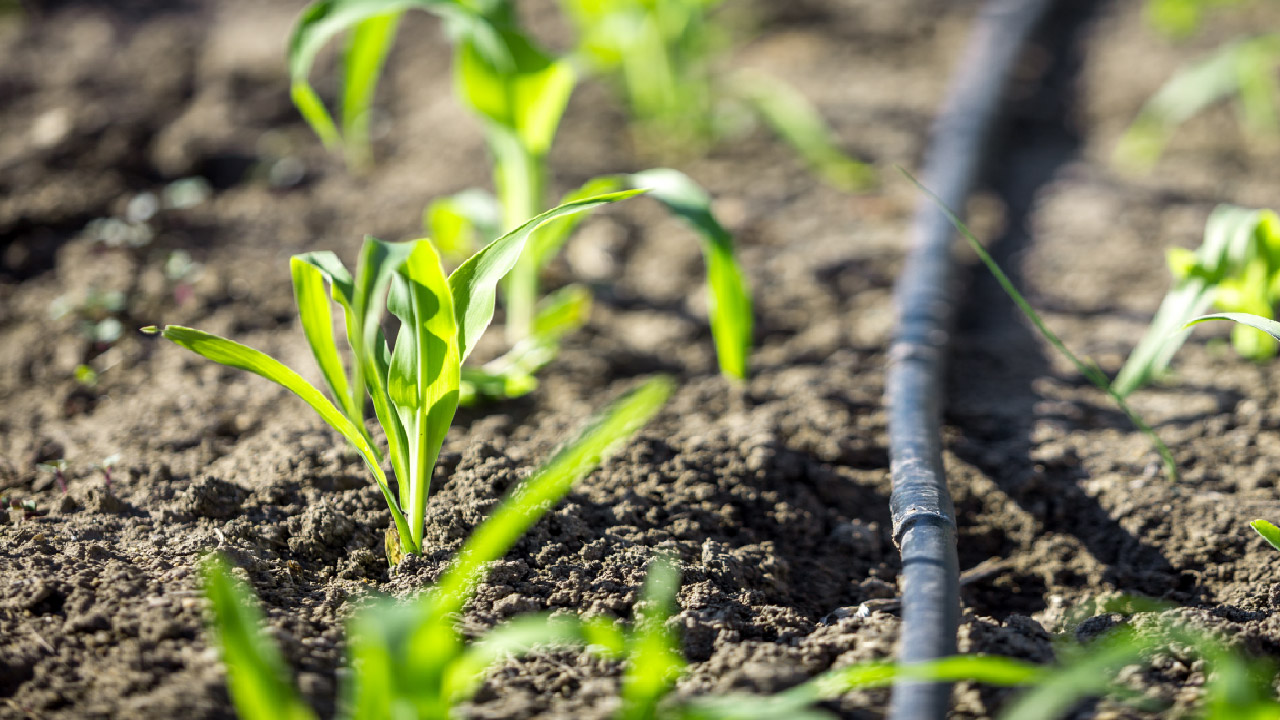Installing a Micro Irrigation System
Mar 9th 2023
According to the U.S. Department of Agriculture, a micro irrigation system is simply a low-pressure, low-flow form of irrigation that helps conserve our precious water resources. Relatively easy to install and affordable as well, these systems can pay back their owners in a big way with long-term savings on water bills. Because they can target irrigation more directly to plants' roots, they can also help gardens thrive.
These systems are easy to repair and maintain. It is also a cinch to modify a micro irrigation system if you want to extend it or change your garden or farm layout. If you are thinking about installing a system like this yourself, DripWorks is happy to offer you some basic tips. Feel free to contact us if you have questions.
Plan It Out
Before you start, plan how you want to lay out your system. Then make a list of the supplies and tools you will need. Only basic hand tools are required for the job.
First you will have to install a backflow preventer between the system and your tap. This simple device will prevent contaminated water from entering your drinking water. Simply attach the backflow preventer to the spigot you're using for your micro system.
Although it is not mandatory, installing a timer will make the operation of your system much easier. A timer will irrigate your plants automatically according to the schedule you set. You won't even have to be on the property to ensure your plants get watered when they need to. Just set and forget.
Moving Water
Then attach the mainline pipe to your water source. Usually made of polyethylene, these pipes are easy to work with. It is simple to cut them to the length you need with pipe cutters and other tools. You can use pipe connectors to run the pipes exactly the way you want. Pipe connectors, fittings and adapters are available in a variety of sizes and shapes, letting you lay out your system in practically any configuration you want. You can use clamps or in some cases glue to hold pipes and connectors securely together.
Once you have your mainline pipes set out the way you want them, you can then run smaller pipes and tubing off the sides to bring water to your rows of plants. You can insert emitters close to the plants' roots for efficient watering that encourages the plants you want to grow while discouraging weeds. It is also possible to use sprayers with these types of systems or simply to make small holes for the water to flow through.

